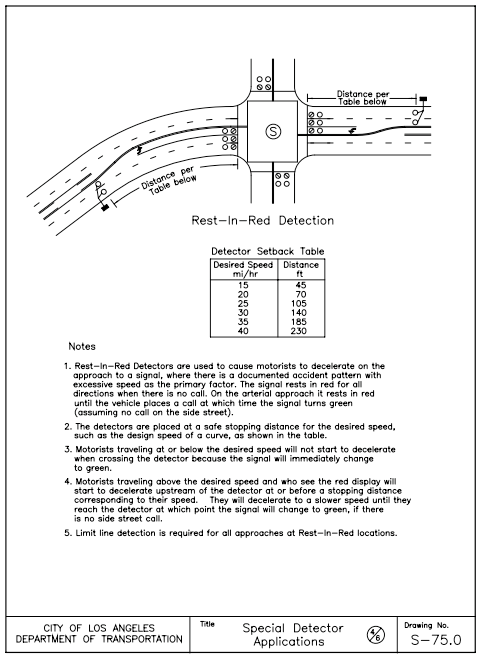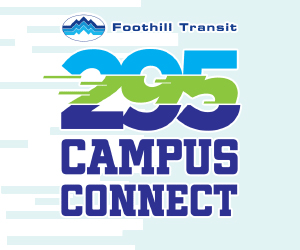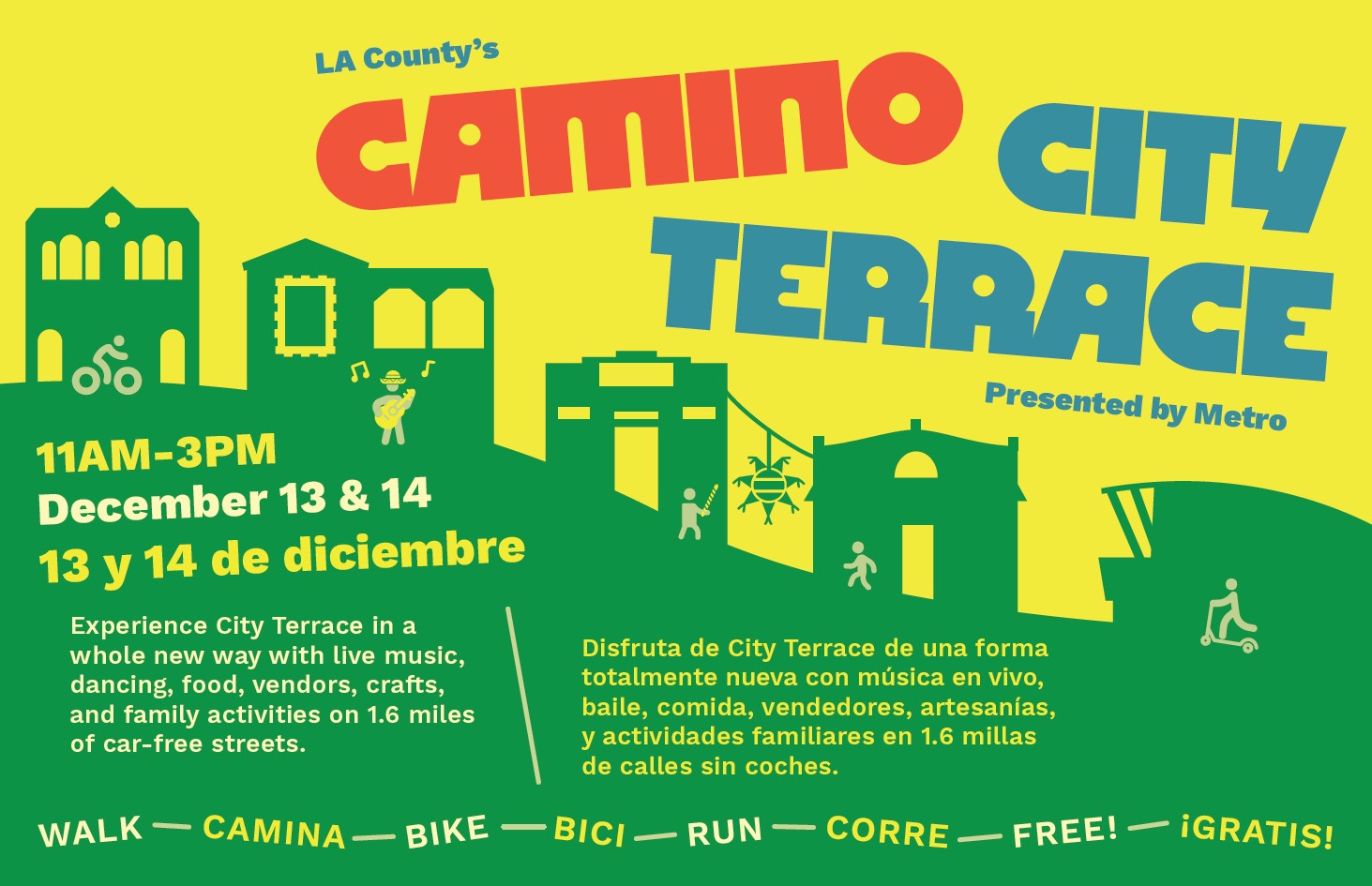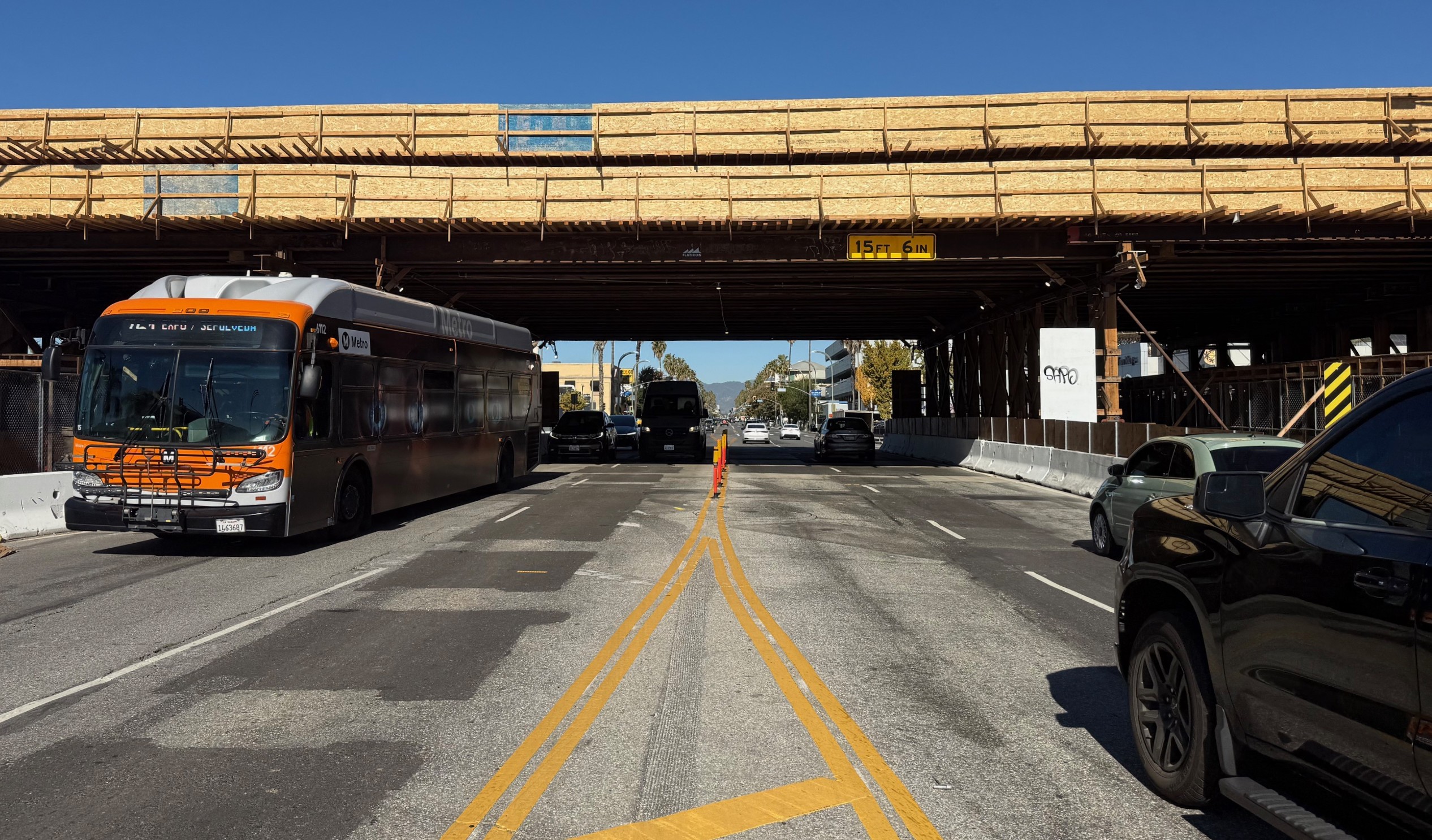In an effort to control drivers who speed along one of Long Beach's most at-risk stretches of asphalt—East Wardlow Road—the City has installed an innovative speed detection system that will halt those going too fast.
Dubbed "Operation Rest in Red," the 6,000-foot stretch of Wardlow between Studebaker Road and Claremore Avenue now has a traffic control mechanism that uses motion detection in conjunction with traffic signal changes to control the speed of traffic and keep it at or under the road's 45 mile per hour speed limit.
The traffic light at Fire Station 5 on Wardlow now "rests" in red. After determining a car's speed, the mechanism will either shift the light to green if the car is within the speed limit or remain red if the car is going too fast.
The City chose this location not just due to its well-known attraction to speeders. Following the closure of Newcomb Elementary School, the stretch has become essential for children traveling to Keller Elementary, prompting traffic engineers to initiate essential changes—including slowing down traffic for safety.
Various techniques were used over the last few years, ranging from the expansion of bike lanes to the use of Botts' dots, the round non-reflective raised markers commonly seen along paved paths. These changes were simply ineffective.
"The City of Long Beach looks at ways to improve all of our City streets," said Mayor Bob Foster in a press release. "In this instance, traffic signal changes to improve safety for commuters, cyclists, and pedestrians along Wardlow Road made the most sense."
However, the approach has its critics.
The operation has two modes of operation--the stop bar detection and the speed detection--under which the entire intersection must operate continually on a first come, first serve basis. Put simply, the light remains red in all directions and whichever car comes first at a proper speed, gets the green.
The problem arises when drivers reach a habit that they will expect immediate results if they traveling at a legal speed. However, if another approaching car was granted green first, drivers may simply run a red light, thereby increasing the number of crashes.







